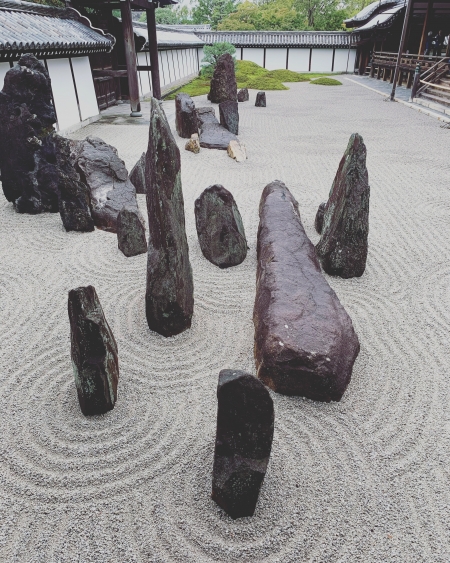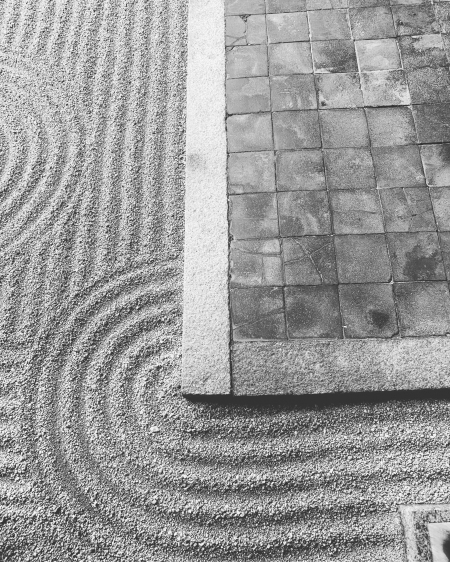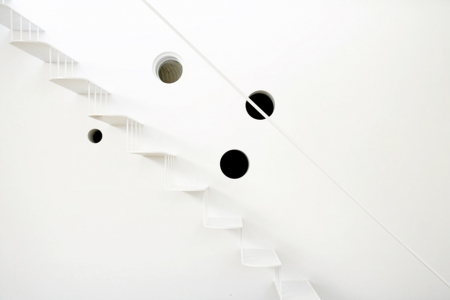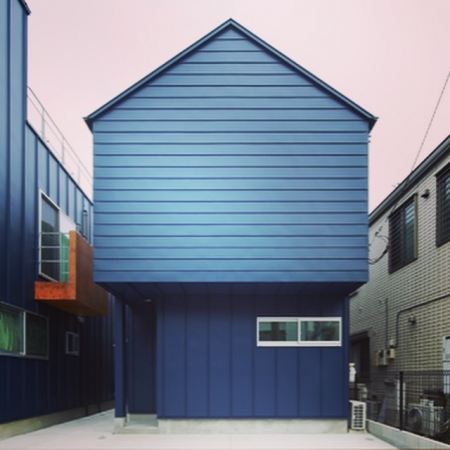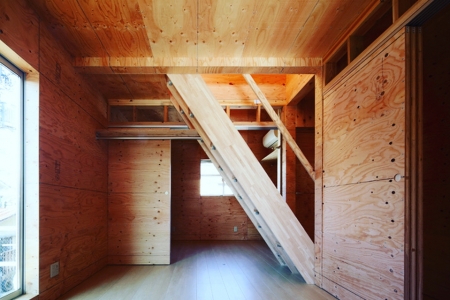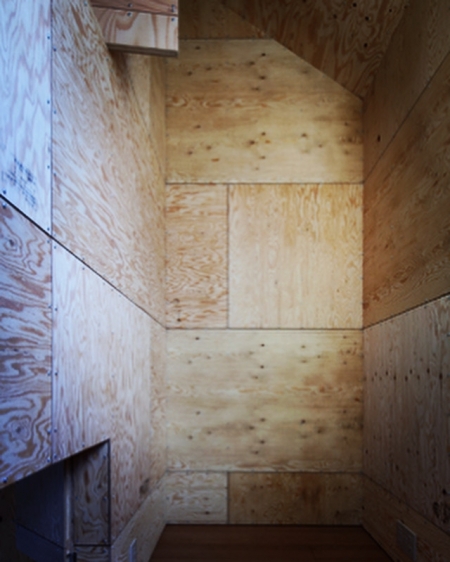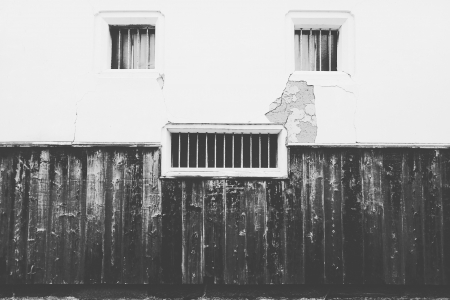仏像と建築
仏師は何を込めるのでしょうか、建築家のコルビュジエは自然の中に幾何学形態を見つける目を持っていた、一見この結びつかない事柄に接点があるとして考えてみたら、それは何かの答えになるかもしれない。
仏像と建築は、物体と空間として捉えたら違うけれども、空間を形として認識すれば、仏像と建築を比較することは可能であり、仏像のお顔が見る時々によって受ける印象が違う理由がわかれば、それは建築でも、例えば、気分によって見え方が違うように思えることができるのではないかと考えた。
わからないが、観念とは無縁のところに仏師はいて、ただ彫る、これは聴いた話だが、木の塊の中から仏様を探し出すように、それも仏様を彫り出すというよりは、ただ形を彫り出すように、それは仏様をつくるという意識が無いのだろう。
コルビュジエは自然の風景を中から幾何学形態を抽出し、例えば、外観の水平垂直の線は、大海の水平線や林立する岩から発想されていた。コルビュジエは、後に「人間と自然との調和」をはかりはじめたのではなくて、初期から「人間と自然との調和」をめざしていたと考えている。
仏師も木の塊の中から仏様をつくるという意識が無いのならば、木の塊の中に単に幾何学形態を見出しているのかもしれない。
幾何学形態が、それ自体には意味は無く、見る側が勝手に意味づけできるものであるならば、仏像にも建築にも共通点はある。
"Buddha statue and architecture"
What can a Buddhist clerk do? The architect Corbusier had the eye to find geometric forms in nature. Might be.
Buddha statues and architecture are different if you consider them as objects and space, but if you recognize space as a form, it is possible to compare Buddha statues with architecture, and if you understand why the impression of the face of the Buddha statue is different depending on the time you see it I thought that in architecture, for example, it might seem different depending on the mood.
I do not know, but there is a Buddhist sculptor in a place that is not related to the idea, just carving, this is a story I heard, but like searching for a Buddha from a lump of wood, it is just a form rather than carving a Buddha It seems that there is no consciousness to make a Buddha like carving a sculpture.
Corbusier extracts geometric forms from natural landscapes, for example, where the horizontal and vertical lines of the exterior were inspired by the ocean's horizon and forested rocks. Corbusier believes that he did not begin to pursue "harmony between man and nature" but to aim at "harmony between man and nature" from the beginning.
If a Buddhist priest does not have the consciousness of making a Buddha from a lump of wood, he may simply find a geometric form in the lump of wood.
If the geometrical form has no meaning in itself and can be defined by the viewer, the Buddha statue and the architecture have something in common.

